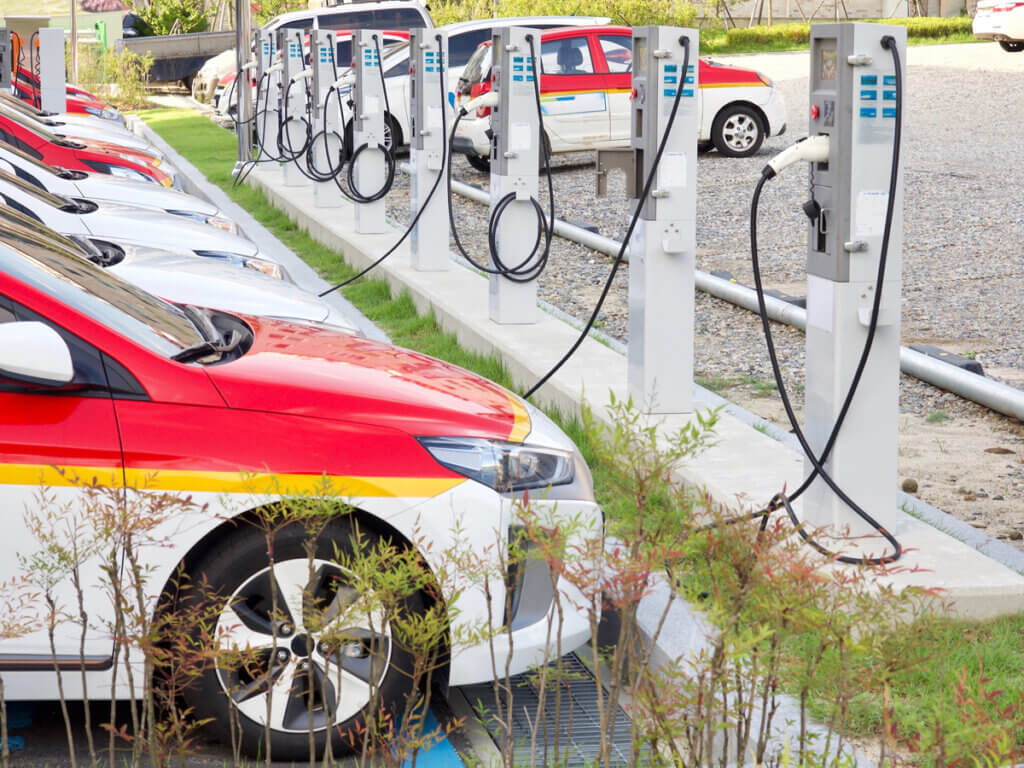Designing and Analyzing Policies for Renewable Energy
Ten factors to consider when defining policy initiatives, strategic priorities, and resource allocations to promote the adoption of renewable energy sources

The increasing cost of non-renewable sources of energy, coupled with high levels of price fluctuation due to geopolitical considerations, has created the need to explore alternative sources of energy, shifting the focus toward the adoption of renewable energy sources.
Renewable energy is not only sustainable but also abundant and less subject to price volatility, which gives it an edge over fossil energy, particularly considering the growing energy needs of the world, and the fact that fossil energy is not likely to cope with that demand for long.
Depending on the location, some renewable energy sources may be highly dependent on the weather, which may affect their production capacity. This becomes more adverse when weather changes are more significant, which is why it is important to diversify the energy matrix.
Despite the cost of operation usually being low, the initial installation of the facilities to produce and distribute renewable energy sources is usually expensive. However, gradual technological improvements have improved the efficiency of renewable energy generation over time, increasing its affordability.

Government policies are crucial to influencing the conditions for energy supply and demand. Some aspects to consider when analyzing and designing renewable energy initiatives include:
- Adopt an evidence-based approach to energy planning, generation, supply, and consumption over the long-term, in combination with the analysis of consumer attitudes and behaviors, focused on the different types of energy use, and the current and projected energy demands.
- Analyze the lessons learned from renewable energy initiatives in other parts of the world.
- Facilitate commercial and market undertakings such as storage, transmission, and trading of energy produced from renewable sources.
- Ensure that the proposed policies are economically sound, supported by government funds but with significant involvement of the private sector, thus establishing a continuous engagement process, particularly with companies willing to invest in renewable energy.
- Provide financial incentives on the adoption and use of renewable energy products and services, such as taxes, concessional loans, and subsidized guarantees, among others.
- Facilitate the accounting and trading of carbon credits, which can allow companies to track their greenhouse gas emissions (GHGs) and internalize those costs in their business models. The data collected on GHGs can then enable an adaptive management approach.
- Align policies with national and global energy goals, considering international treaties, energy alliances, trade agreements, and relationships with countries with spare energy.
- Facilitate the means to connect renewable sources to the energy grid, in a way that enables even small producers to sell their surplus energy from renewable sources.
- Provide incentives for the development of energy-efficient technology, encouraging research and development with the understanding that such investments will be rewarded.
- Consider the economic and environmental costs of disposing of the devices that enable the use of renewable energy after their life cycle has ended, such as the batteries of electric cars.
With a rapidly growing population and increasing energy demands, it is imperative to have effective policies in place. As the conversation on renewable energy becomes more relevant with each passing day, it is important to clarify the criteria guiding our policy frameworks.

